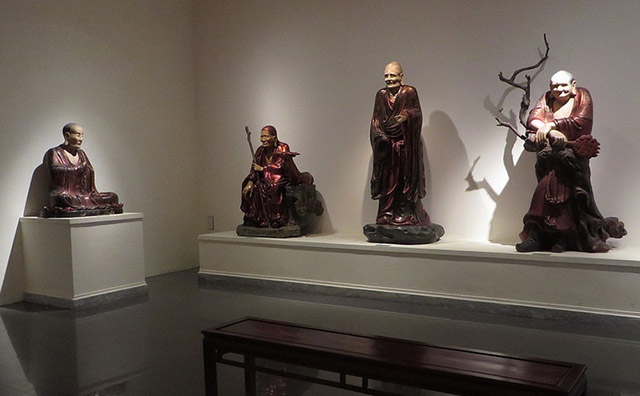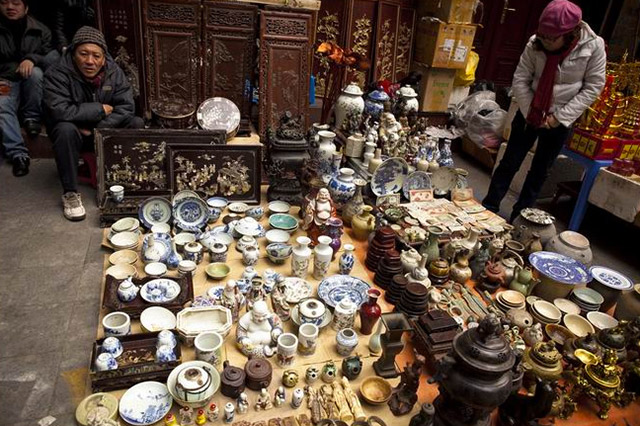Situated just on the border of China, Hanoi is the thriving capital city of Vietnam. The city is a vibrant mix of traditional Vietnamese food, culture, and architecture with French colonial influences. Forty years on from the fall of Saigon, Vietnam’s tourist industry is booming, with a 33% increase in holidaymakers jetting off to see the sights of a city alive with the hum of people. If you are considering a luxury holiday to Hanoi, here are some must-see spots.
Food
Hanoi hosts a huge variety of delicious food, from swanky uptown restaurants to streetcars selling homemade pho (a pork and noodle soup dish). Vietnamese cuisine is also some of the world’s best loved street food, with many tours of street food vendors available depending on the kind of cuisine you like. When exploring the city, take advantage of the delicious smell of freshly baked baguettes – available with a variety of fillings, the presence of these is a result of French colonial influence, and they provide a delicious alternative to the fast food conglomerates of the West. Be sure to also enjoy the speciality coffee made with condensed milk in one of the city’s many bustling coffee shops.

Museums
Vietnam is a country proud of its rich history, and in Hanoi there are numerous museums dedicated to its preservation and teaching. For lovers of the arts, Vietnam’s first University, the Temple of Literature, was established in 1079 AD, while the Fine Arts Museum boasts creations from ancient stone carvings to contemporary sculptures. For aspiring historians, the city is home to the National Museum of Vietnamese History, showcasing collections from around 1000 AD to 1945; the Museum of the Vietnamese Revolution, meanwhile, documents the struggles of Vietnam under colonial rule from France and the US. The Vietnam Museum of Ethnology provides a fascinating insight to the many cultures and communities co-existing in Vietnam today.

Markets
The markets of Hanoi are serious business, with the main market district being the Old Quarter, established in the 11th century. Walking through the 36 streets is the best way to become acquainted with the area, and tours of the different trade localities available. Hang Quat street originally belonged to fan-makers, but is now home to handcrafted Buddhist and religious worship artefacts, while Lang Ong street has historically housed apothecaries. Hoan Kiem street offers stunning views of the Hoan Kiem lake, making it a perfect spot for a street food picnic.